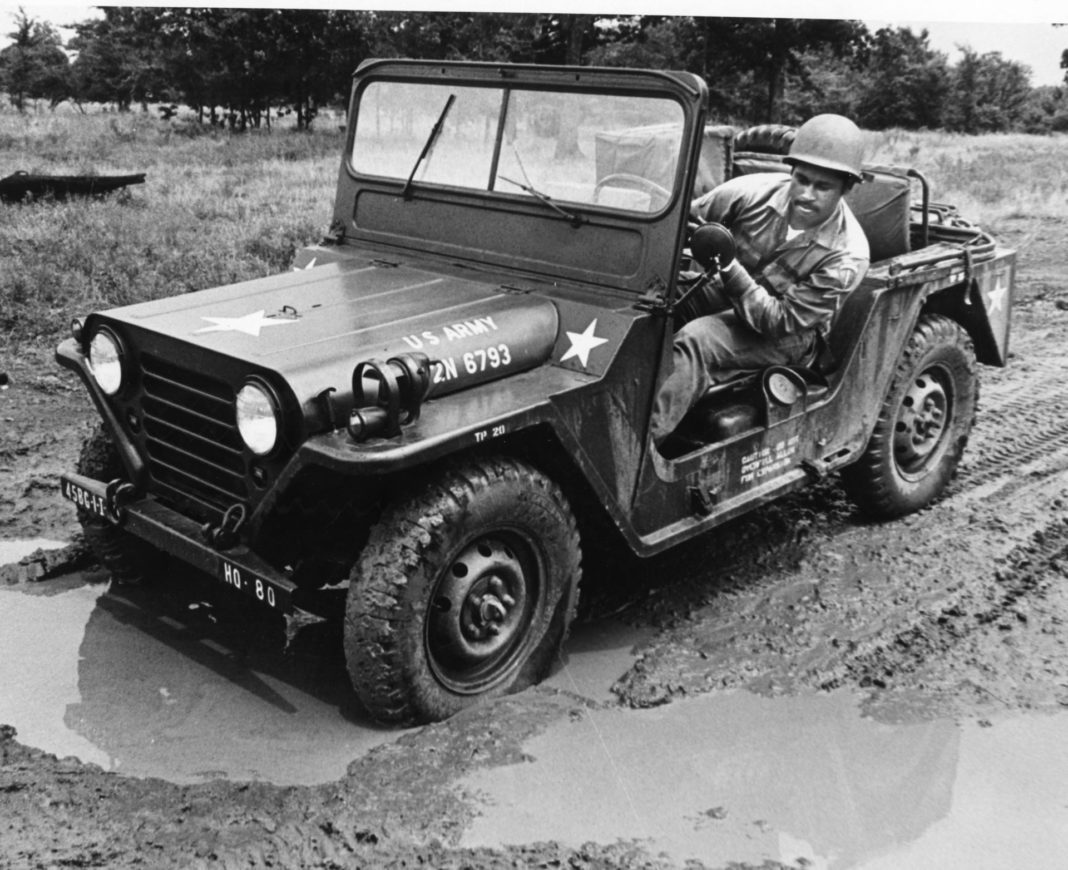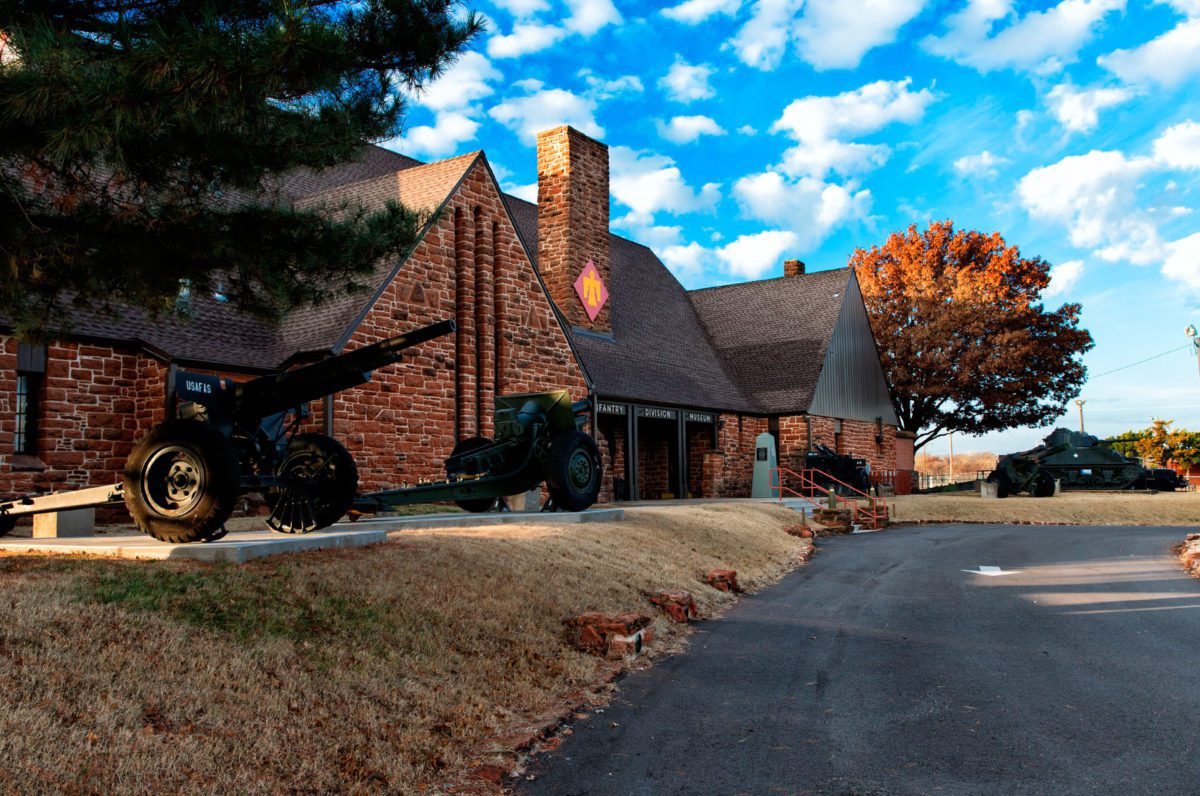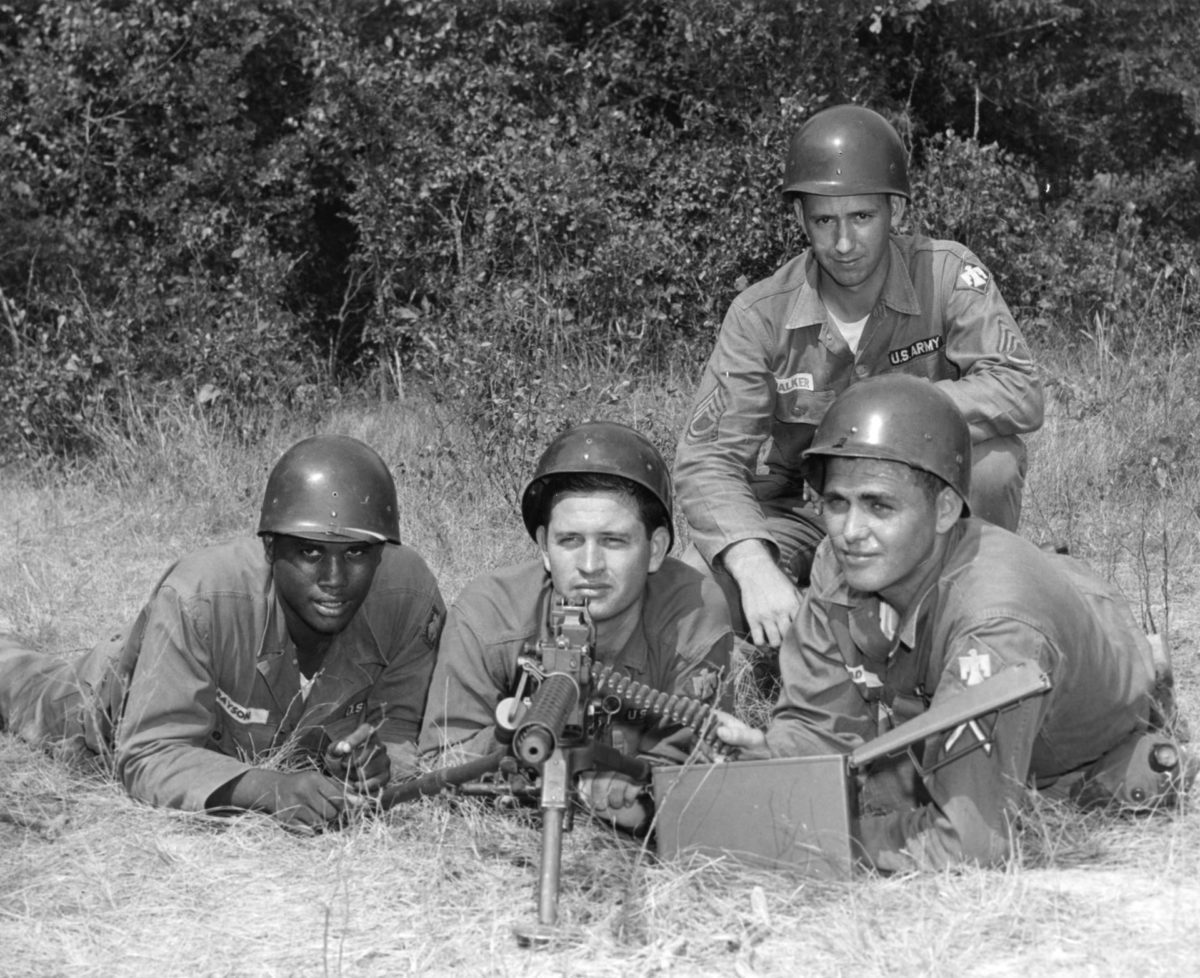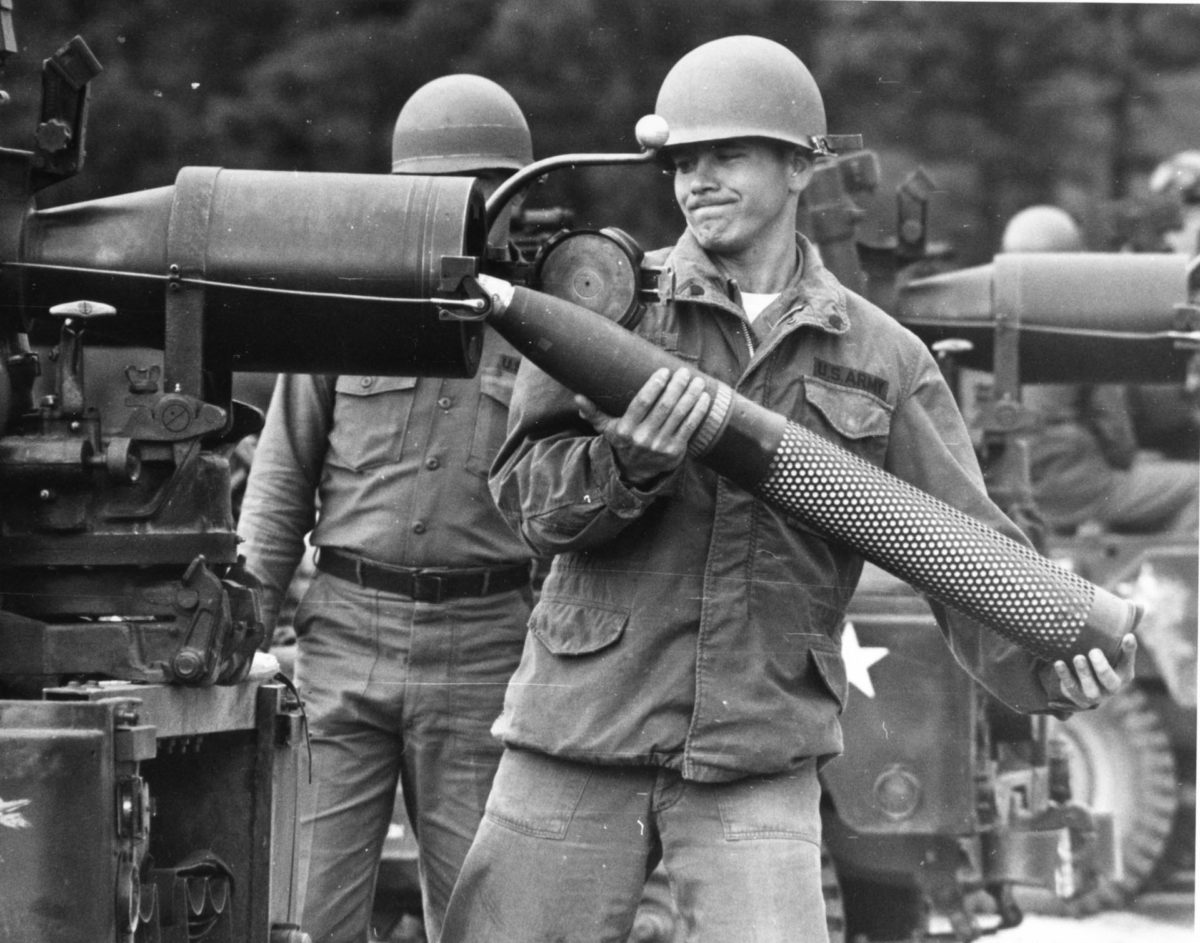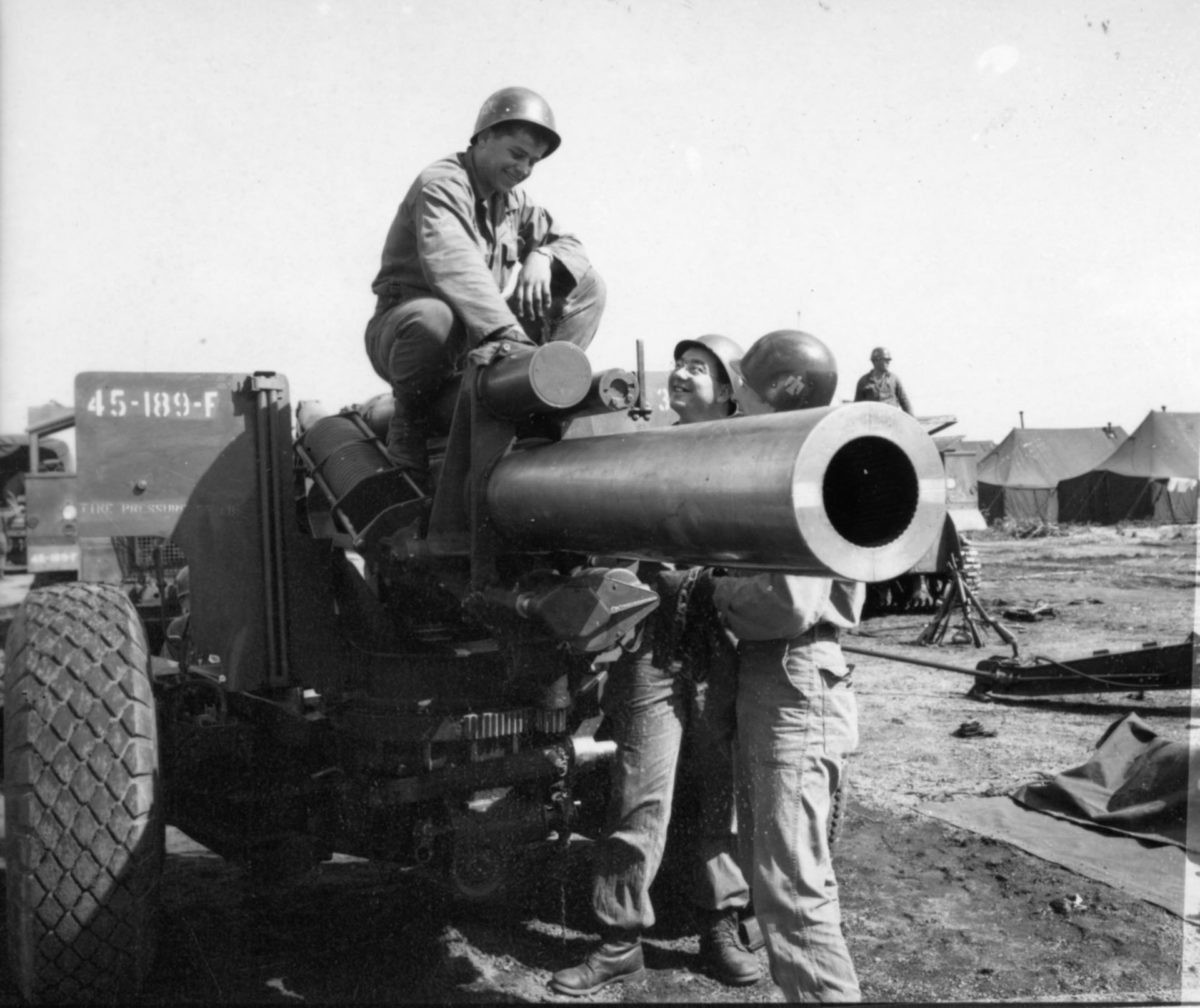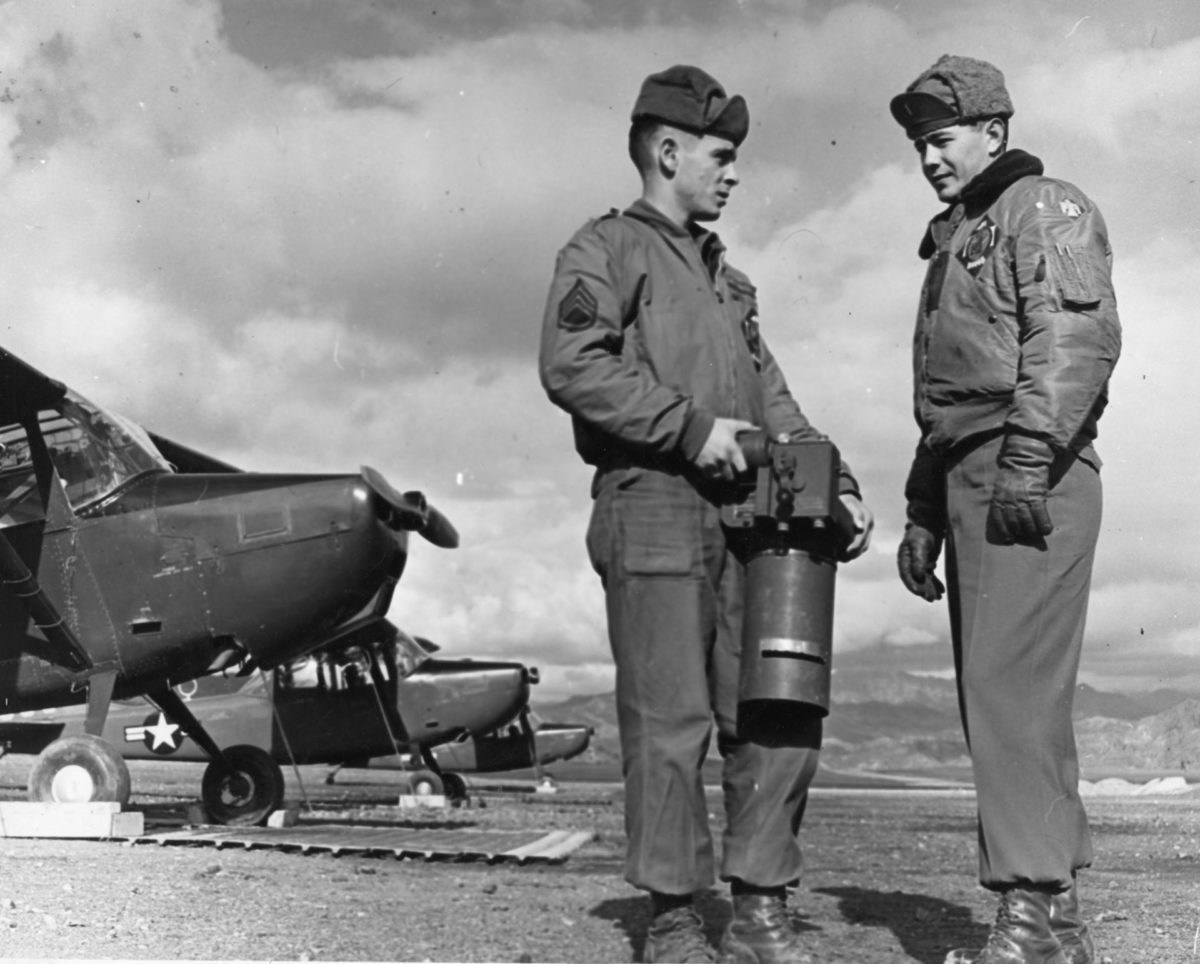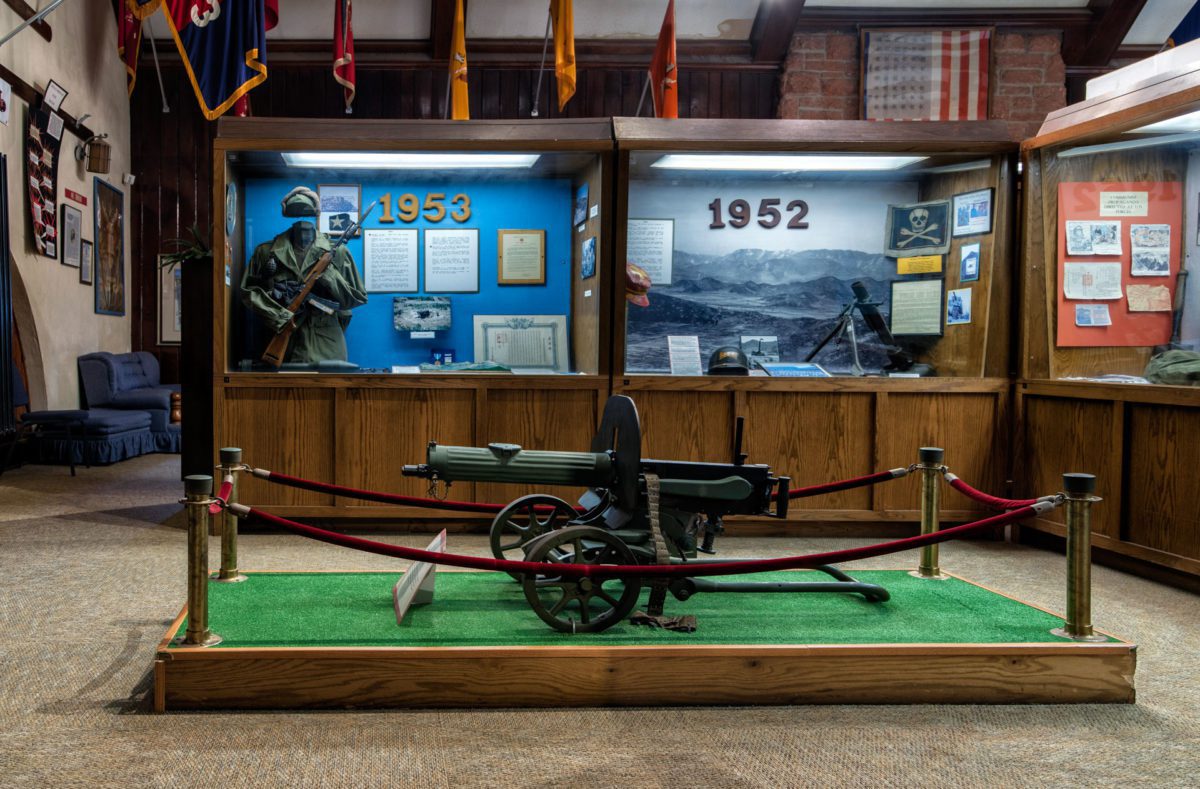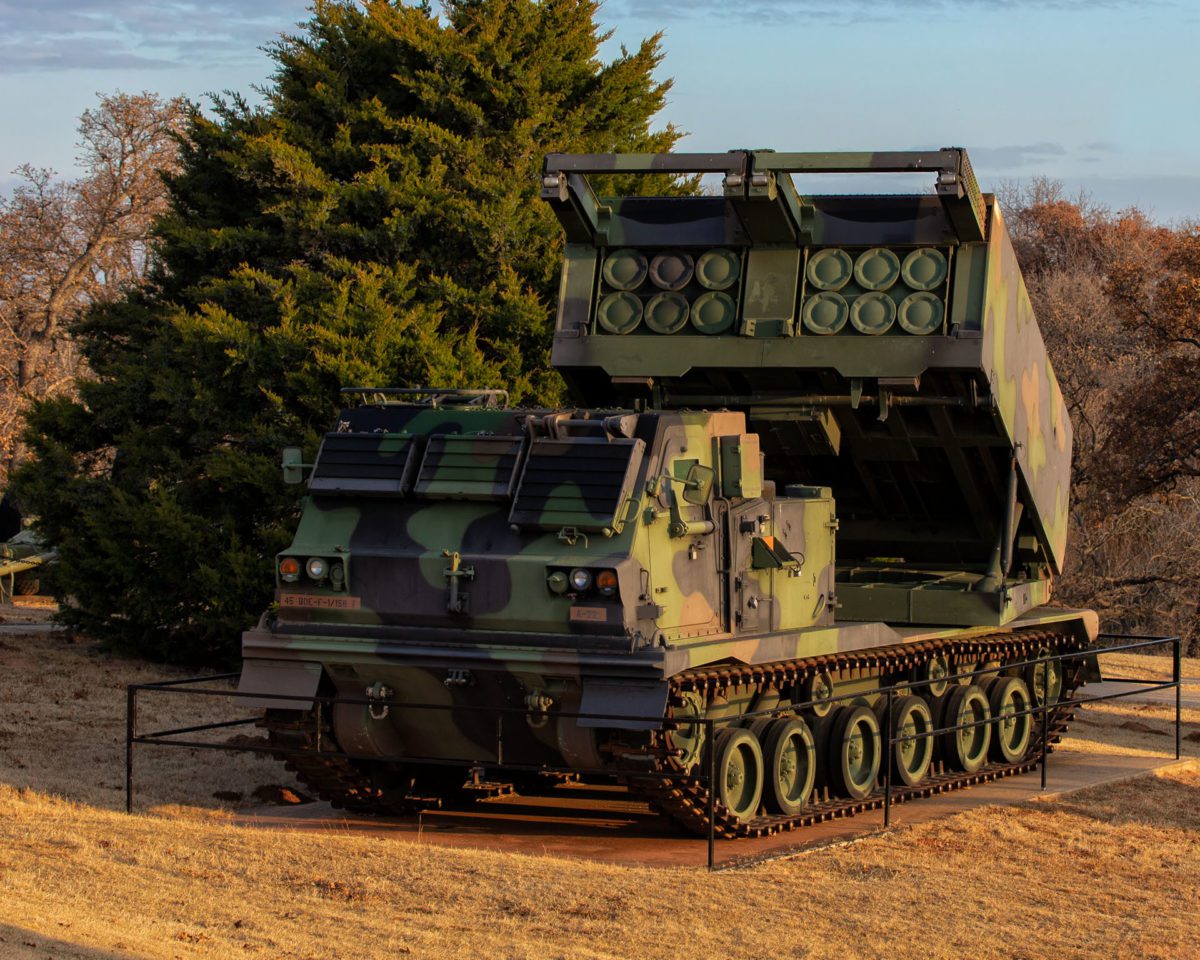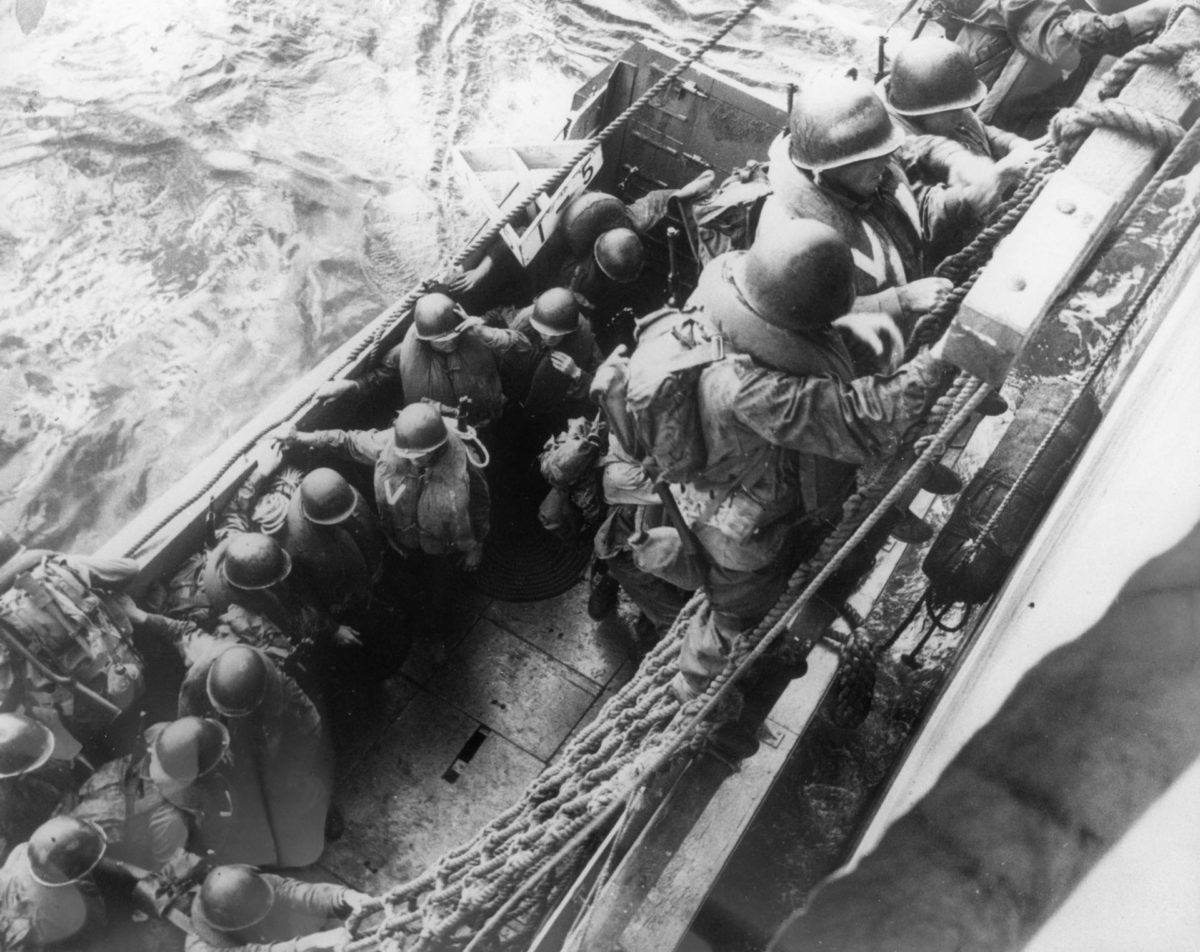Members of the Oklahoma National Guard have distinguished themselves at home and abroad for more than a century, and soon their story will be told in a state-of-the-art museum.
What’s now known as the 45th Infantry Division Museum will undergo a name change when it’s moved into a new 61,000-square-foot building, and the focus will be both expanded and narrowed in scope.
Since the museum opened in 1976 in an armory facility built by the Works Progress Administration, it’s gradually come to feature Oklahoma’s broader military history. The new museum will focus on the Guard and will be called the Oklahoma National Guard Museum, encompassing the Army and Air National Guards.
“The new museum will allow us to talk about domestic duties as well as deployments,” says Denise Neil, the museum’s executive director.
Project director Doug Hayworth, a retired member of the Oklahoma Air National Guard, says the state legislature appropriated $45 million for the new museum, which will be built near the current museum at N.E. 36 and Martin Luther King Ave. The exact location had not been determined as of late July.
Hayworth says it will be built with state dollars, staffed by Oklahoma Military Department employees, and upkeep will be by the federal government. The Oklahoma National Guard Foundation will help with unbudgeted expenses, like traveling exhibitions.
The new building will provide a more stable environment for the museum’s artifacts, which include the Bill Mauldin Cartoon Collection. Mauldin joined the 45th Infantry Division from Arizona in 1940, when it was comprised of troops from Oklahoma, New Mexico, Colorado and Arizona. The museum owns more than 200 of his original World War II cartoons, primarily from 1944-1945 – the pinnacle of his wartime work.
Photos courtesy the 45th Infantry Division Museum
“The legacy of the 45th Infantry Division is well-known in the annals of military history,” wrote Brigadier Gen. Thomas H. Mancino in a project summary prepared by Hayworth. “Our current museum has focused on the exploits of the Thunderbirds in World War II and Korea. However, we are expanding our educational efforts to tell a complete story of the Oklahoma National Guard.”
Mancino is the Guard’s assistant adjutant general.
“We want this to be the premier Guard museum in the United States,” says Hayworth. “We want people to be inspired. I hope it will promote service to one’s country.”
Hayworth says he expects the project to be finished in about two and a half years, saying it has drawn interest from some world-class architectural firms.
Neil says museum curators will draw artifacts from the current collection and will probably source some new ones to fill in gaps. The Oklahoma Historical Society has been very helpful during the planning stages, and Neil plans to visit the collections at the Oklahoma History Center and perhaps borrow some artifacts.
The museum is visited by 18,000 to 19,000 people every year, with guests from 43 countries in 2019, says Neil.
Lt. Col. Geoffrey Legler, the Guard’s state public affairs officer, said 6,300 men and women currently serve in Oklahoma’s Army National Guard, and 2,200 in the Air National Guard.
Anthony Jones, public affairs specialist and social media manager, says one major difference between the National Guard and the regular military is that Guard members live in Oklahoma and may train and deploy with the same people for decades, often becoming good friends.
“Every generation of the National Guard has had that one experience that’s going to stand out to them,” says Jones. He listed as examples the Oklahoma City bombing, Hurricane Katrina and the COVID-19 pandemic.
The new museum will feature state-of-the-art interactive exhibit spaces, archive and research library facilities, collections storage and preservation areas.
Neil, an art historian, says she understands that today’s visitors expect a high-tech experience at museums.
“But if it gets too high-tech, you run the risk of not honoring the sacrifices of the soldiers,” she says. “I want people to respect their sacrifices. I like to use artifacts to tell the story.”























